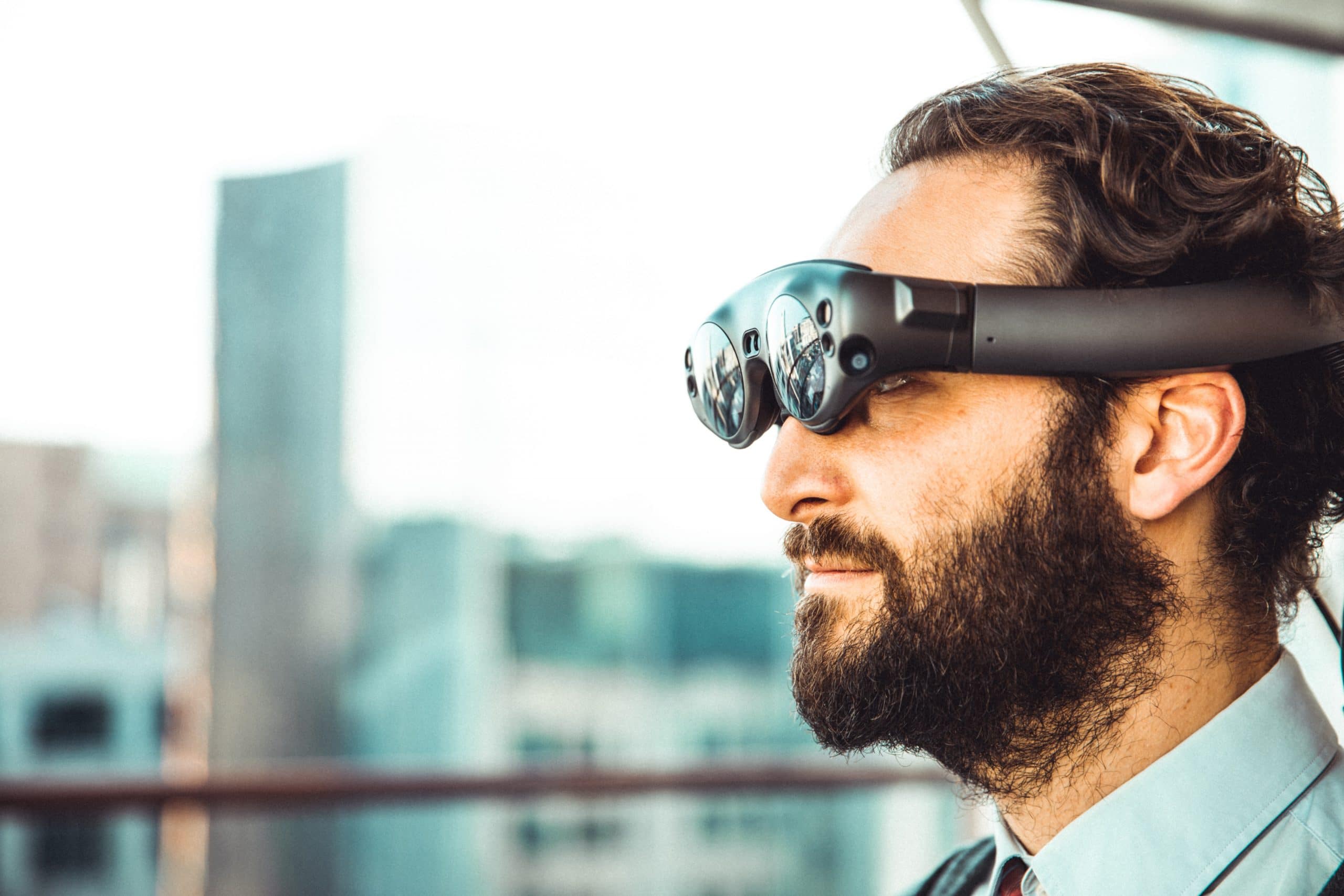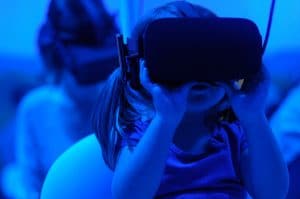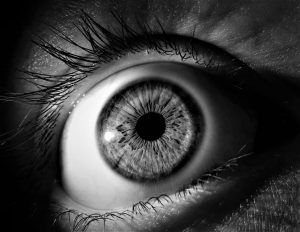Assembling a spacecraft is much different than the traditional repetitive assembly line production. “Just about every time, we are building something for the first time,” says Brian O’Connor, the vice president of production operations at Lockheed Martin Space. The traditional way of building in the aerospace industry has been to use paper manuals, which can be thousands of pages long. At Lockheed, augmented reality has come out of the testing phase and is being used daily to complete tasks.
The Microsoft HoloLens headset is used to build Orion, a crew capsule designed for deep space exploration. Workers begin their day wearing the headset to get an idea of how the day’s tasks will look. It is then worn throughout the day in 15-minute increments to check the directions in the manuals.
The headset displays holograms of the Orion which overlays models of parts and labels right on top of the spacecraft. Torquing instructions are also displayed on top of the holes as well as images of the final product. Each worker receives their own color-coded models according to their role. When a 1,500-page written manual is replace by the headset, workers need much less time to familiarize themselves with the task ahead. The ultimate goal would be for astronauts to use the headsets in space to maintain the spacecraft. This will make the process much more intuitive than going through a manual.
Augmented reality has the potential to spread throughout industry. “If you were to look five years down the road, I don’t think you will find an efficient manufacturing operation that doesn’t have this type of augmented reality to assist the operators,” O’Conner says.
Reality Changing Observations:
1. How do you feel about the fact that for the first time in a generation, NASA is building a human spacecraft for deep-space missions that will usher in a new era of space exploration?
2. The first commercial application of AR technology was the yellow “first down” line that began appearing in televised football games in 1998. What is your first experience with augmented reality?
3. What other industries would you like to see augmented reality applied to?





